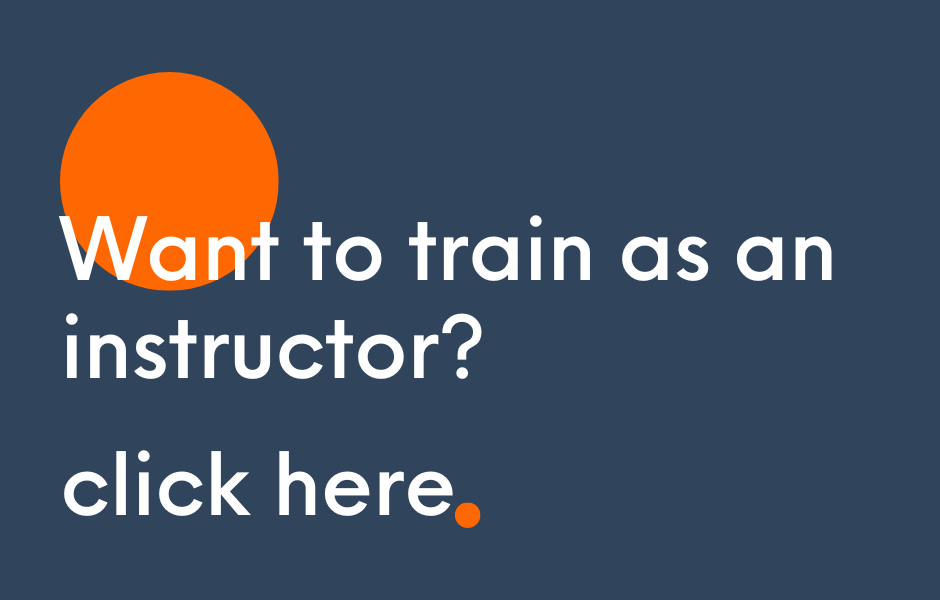Looking for an indoor cycling instructor course? Consider these 5 things to get you started:by Angela Reed-FoxChoosing the right indoor cycling instructor courseWhether you're a personal trainer, work elsewhere in the fitness industry, or would like something to get your started on the ladder, indoor cycling instructor training can get you either a good foot in the door or a firm leg up to the next level by improving your fitness training credentials. Indoor cycling is a popular and fast way to get fit - and all good gyms will have some sort of cycling offering - and that means, due to the high demand, there are a wide variety of different course options out there. There are particular features to look out for when looking for indoor cycling instructor courses - not all are the same, nor do they all offer the same value for money. So how do you choose? 1. Look for a course that awards 1.2 NASM CEUs or equivalent CEUs are awarded for courses that provide suitable continuing professional development (CPD) to those in the fitness industry - and sixteen is the magic number. This is the greatest number of points available for a standalone indoor cycling instructor course and means a) that if you're a qualified exercise professional already, you're getting valuable, applied training, and b) if you're not, with this more comprehensive level of training, this is considered sufficient for you to be insured as a cycling instructor. Fewer than 12 points, and the course content might be too basic, and not give you the grounding in what is fast becoming a very technical form of group exercise. 2. Check that the course is sufficient to enable you to be insured as an indoor cycling instructorGyms and studios will expect that you are safe and insured to instruct their classes (and rightly so!) Not all courses are deemed sufficient by insurers, if you have no other fitness qualification. If you are already a personal trainer or equivalent, a basic course might be enough, if you have plenty of experience - check with the course organiser that you won't need to have completed other training in order to get insured. Naturally it's better to have more than the minimum, basic training, but if you are going basic, just make sure it's enough for your situation. There are standalone courses available if you have no previous fitness industry qualifications - but not all of them can be used in this way! Check that this is the case if this is what you're looking for. 3. After-course supportWhy? Because it can be quite daunting starting out on your instructing career - and it's good to know there are professionals cheering you on and keen to support you. On the one hand, you'll be wanting training that's comprehensive to give you thorough grounding before you even start instructing, but you'll also want to know you have support and aftercare if you need it. 4. CardiotrainingAll courses should at least have a bit of content on heartrate zones; but as gyms are now investing in the next stage of studio cycling - cardiotraining software - your course should also involve guidance on how to design and implement profiles, and class management using this software. There's a lot to think about when starting out, so if you have experienced cardiotraining software on your instructor course, you'll be:
5. Future-proofing - the digital landscape and secondary income streamsIt's a digital world, and gym members like the flexibility which comes with it. Expect more and more gyms to start running online classes. This requires a different approach to that employed when teaching a 'physical' class of riders in a studio. This is likely to be the next big thing after cardiotraining. Play the long game and deal with a company that offers this as one of its options.
It's not just about instructing - and why shouldn't the new passion in your life bring in some extra benefit? Find a training company that will:
0 Comments
Leave a Reply. |
Categories
All
|
Quick links
Get started
|
Find what's right for you
|
Courses
|
Further learning
|
More
|
The Indoor Cycling Institute provides the most comprehensive and up to date indoor cycling instructor training; providing entry-level courses, and further education to raise the standard of instructors.
© 2014-2024 Protheorem Ltd
The Indoor Cycling Institute is owned and operated by Protheorem Ltd Registered in England & Wales, Company number 12812092
The Indoor Cycling Institute is owned and operated by Protheorem Ltd Registered in England & Wales, Company number 12812092



